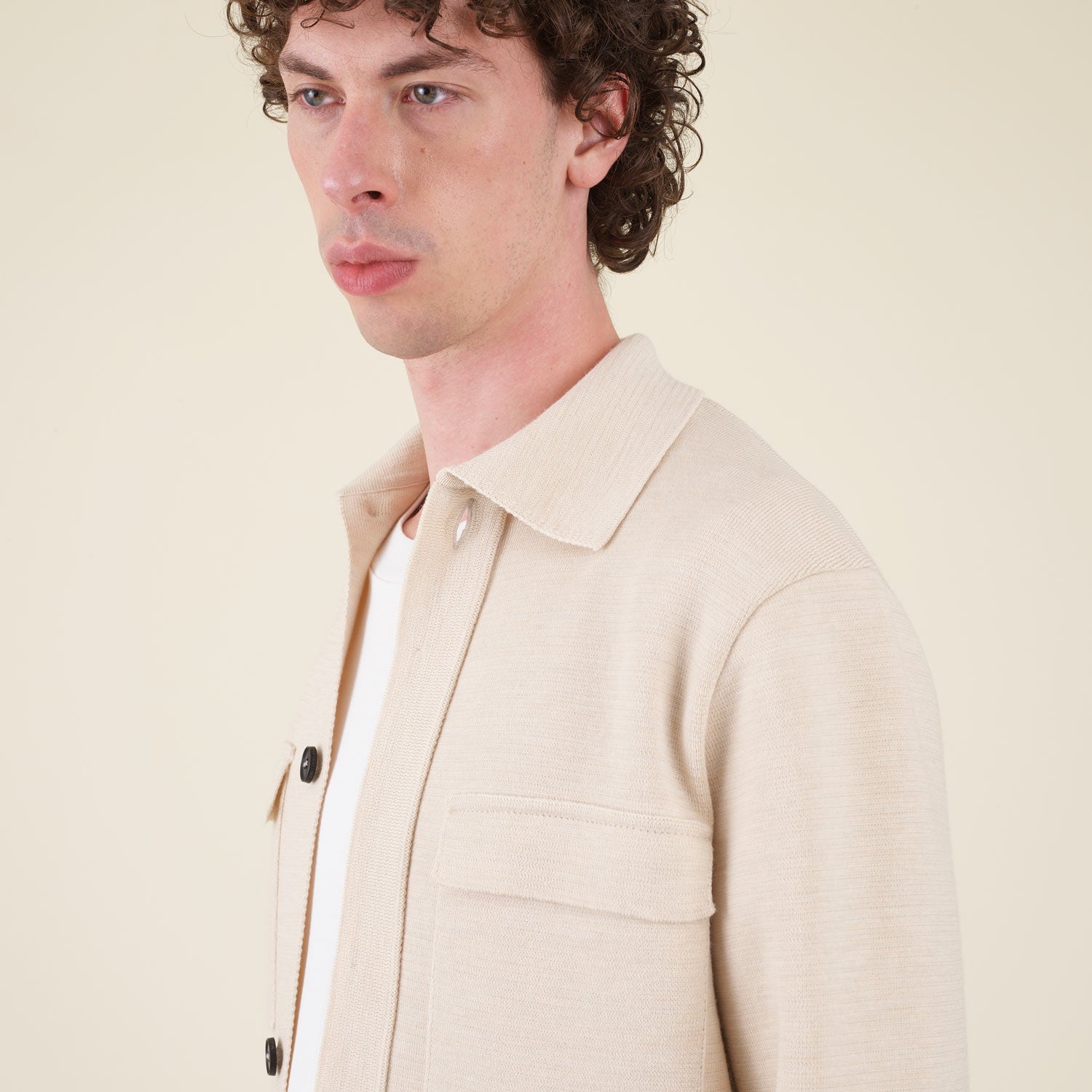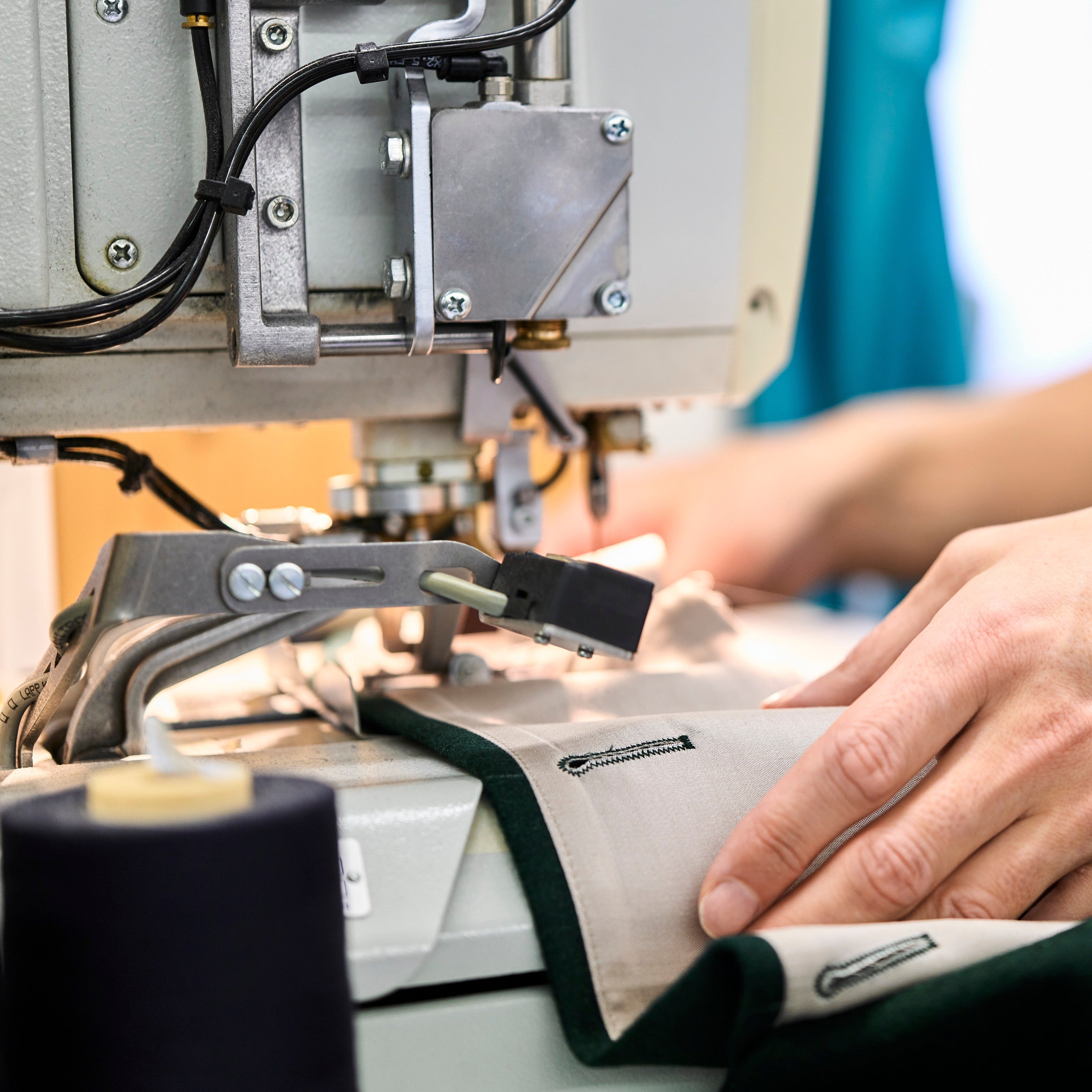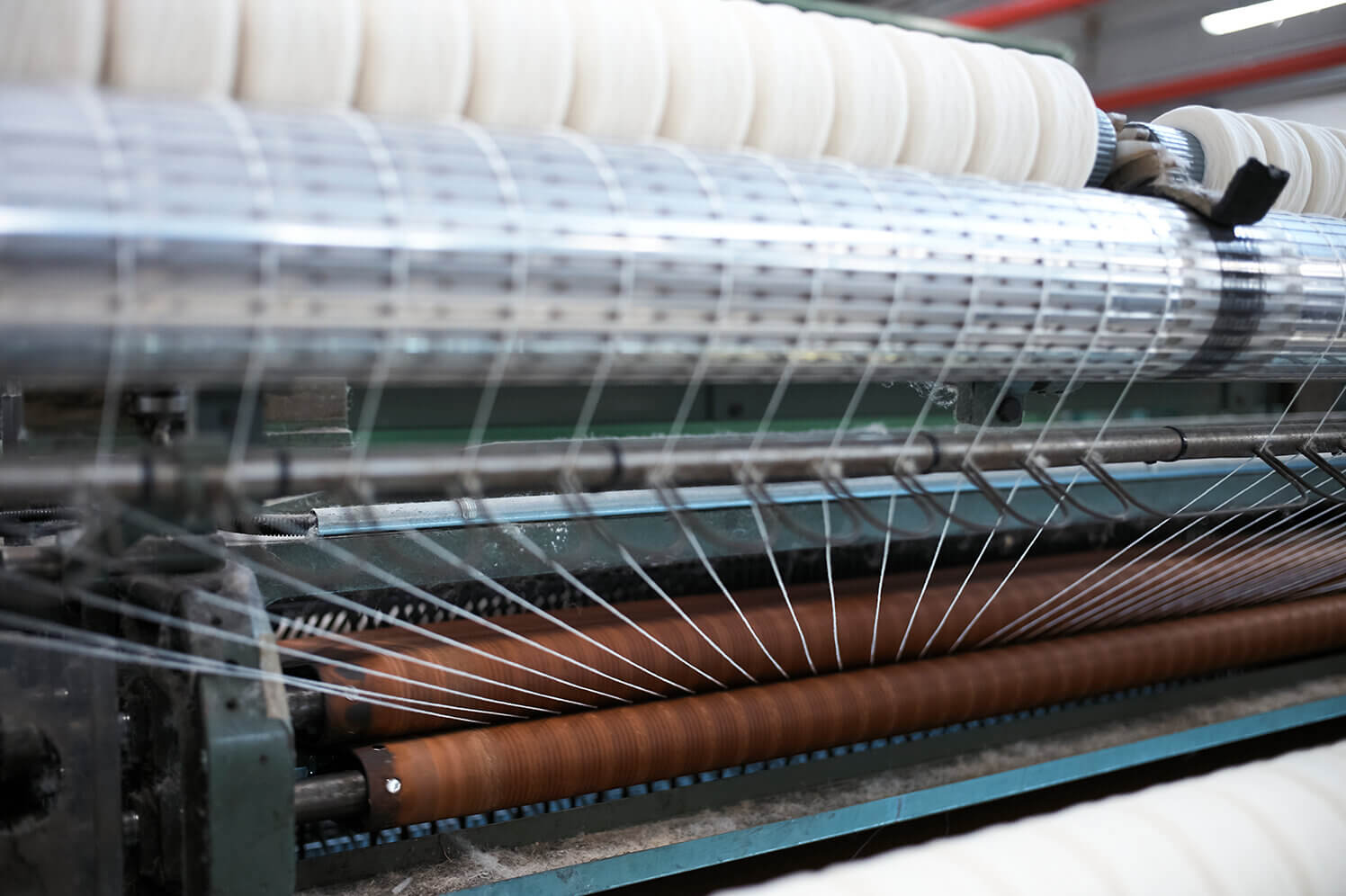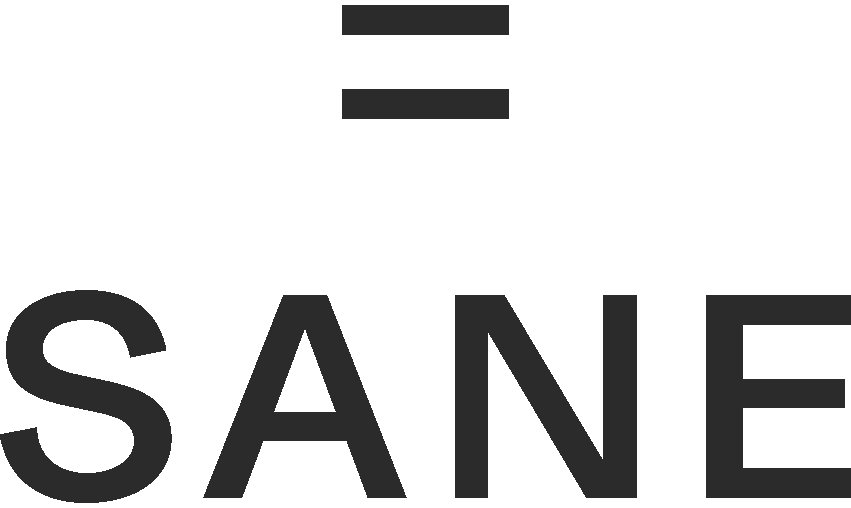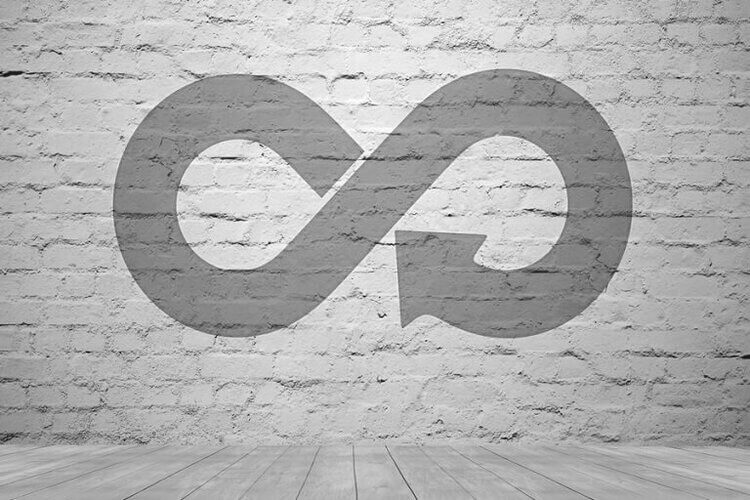
What is circular economy? (in 1 min.)
The term circular economy - sometimes also known or understood as circularity, circular economy, circularity etc. - is understood to mean a regenerative system in which raw materials are used for as long as possible. Circularity describes a closed system that minimizes the use of resource input and the generation of waste, pollution and CO2 emissions. All "waste" should be taken back into the cycle and used as "nutrient" or "input" for another process: either as a by-product, reclaimed resource for another industrial process or as regenerative resources for nature (e.g. compost).
In comparison, the current linear economy is based on a "take, make, dispose" model of production. It involves the extraction of natural resources to make products that will be used for a limited period of time before being disposed of as waste. The circular economy, on the other hand, aims to avoid waste and environmental pollution, to keep products and materials in use and to regenerate natural systems.
The circular economy model fundamentally differentiates between biological and technical cycles. In the biological cycle, food and biologically based materials (e.g. natural fibers) are designed in such a way that they can be fed back into the system through biological degradation (e.g. composting). These cycles regenerate living systems such as the soil, which in turn provide renewable resources for the economy. Technical cycles are used to recover and restore products, components and materials through strategies such as reuse, repair, remanufacturing or recycling.
A circular economy is therefore more than just a step towards reducing waste and increasing recycling. It is a new approach to the design and development of products and, more generally, a new way of thinking about our economic activity.
Find out how we do Rethinking textiles in terms of the circular economy.



